Order: Accipitriformes. Family: Accipitridae
Description
95-125 cm long with a 235-280 cm wingspan. Back and wings slaty black. Head, neck and underparts rufous. Head palest with black mask, ending in a 'beard'. Bright red ring around the yellow eye. Bill horn-coloured. Head and legs are loosely feathered. In flight, the long narrow wings and wedge-shaped tail are diagnostic.
Juvenile and immature birds are overall darker and more shaggy looking. The juvenile is dark brown to blackish above, with buffy-black underparts. Eyes and eye-ring are rather reddish-brown. The “beard” is shorter than in adults. The brown plumage is retained till birds are about 6 years old.
Distribution
Occurs in Eurasia, North Africa and sub-Saharan Africa from eastern Sudan to northern Tanzania. Once common along the eastern escarpment of the southern Cape mountains, it is now restricted to KZN and the Lesotho Drakensberg.
Gypaetus barbatus meridionalis occurs in southwestern Arabia and east and southern Africa, while G. b. barbatus occupies the rest of its range.
In southern Africa, a drastic decline in the Bearded Vultures’ range and numbers during the past century has resulted in an isolated population that is restricted to the highlands of Lesotho and immediately adjacent areas of the Maloti-Drakensberg mountains. The Free State and south-eastern Cape Province were part of the original breeding range of the species, but now the Bearded Vulture no longer occurs in the south-eastern Cape and only forages in north-eastern Cape province and the Free State.
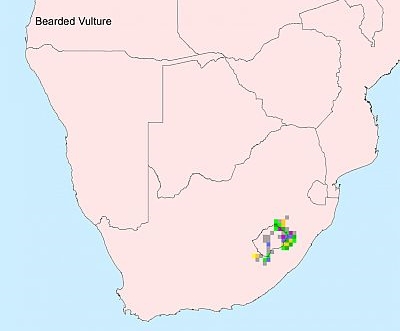
Habitat
Grassland on rugged mountains and escarpments.
Diet
It feeds exclusively on carrion - specialising on bones. About 70 – 80 percent of what it consumes is bone and bone marrow that it scavenges from carcasses. With highly acidic digestive juices (pH ca 1.0 – 1.5), they are well adapted to processing bone that begins to dissolve the moment it reach their stomach. Meat and skin is also fed on, but this probably only makes up about 20 - 25 percent of what they eat. Smaller bones and bone chips are swallowed immediately, while larger bones are carried into the air and dropped onto a flat favourite rocky area known as an ‘ossuary’ until broken. The bird then spirals down to consume the broken pieces and to get at the bone marrow.
Breeding
Generally a monogamous, territorial solitary nester, although polyandry has been recorded in Europe (meaning that one female can have two mates). The nest is a large, messy platform of twigs and branches, thickly lined with wool, hair and skin. They nest mainly on basalt cliffs in potholes at an average altitude of about 2500 m. Egg-laying season is from May-August, peaking in July. It lays 1-3 eggs, which are incubated for 56-58 days by both sexes in the day, but solely by the female at night. The chicks are guarded constantly by their parents for up to 40 days, after which they are left alone at night but still guarded in the day. Both parents feed the young on a diet of bone fragments, often salivating on them, possibly to provide their strong digestive enzymes to help the young process the food. At about 4 weeks old, the chicks start flying up to 3km to the local ossuary where they start to practice bone-dropping; even at two months old they are still clumsy fliers. The older nestling usually out-competes the younger one, which eventually starves. The remaining chick leaves the nest and becomes fully independent at about 120-130 days old.
Although the breeding success is high, most fledglings die as sub-adults.
Status
Scarce resident. This species is listed as Near Threatened on the IUCN List. In South Africa, due to the restricted habitat and its susceptibility to various anthropogenic threats, the Bearded Vulture has been classified as “Endangered” in the Red Data Book.



 © Sharifa & Duke
© Sharifa & Duke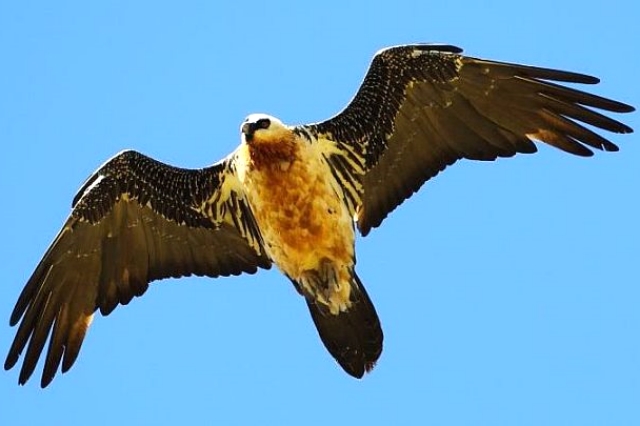 © Sharifa & Duke
© Sharifa & Duke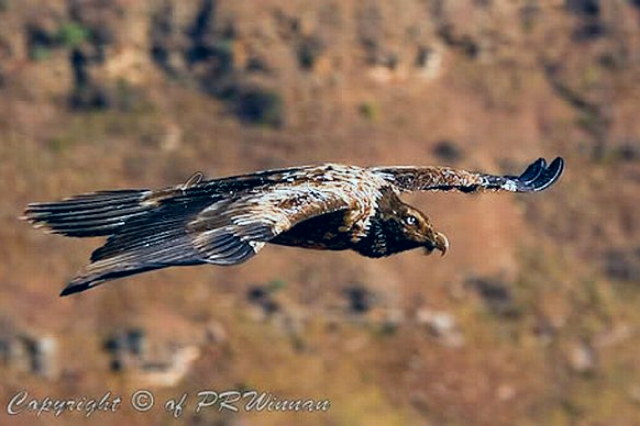 © PRWIN
© PRWIN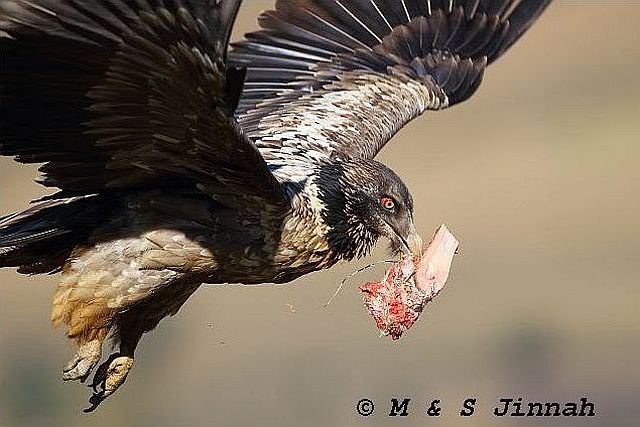 © Sharifa
© Sharifa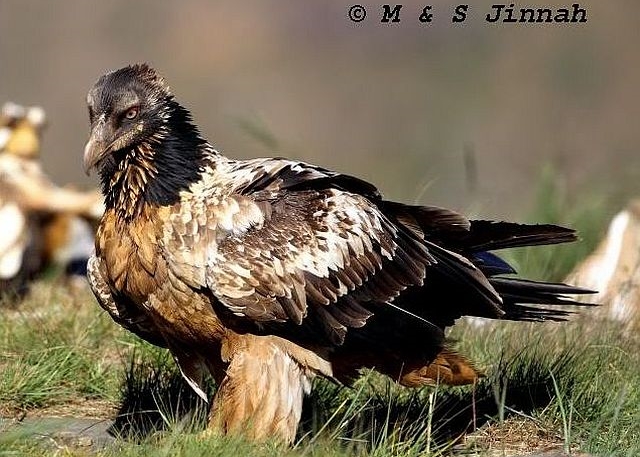 © Sharifa
© Sharifa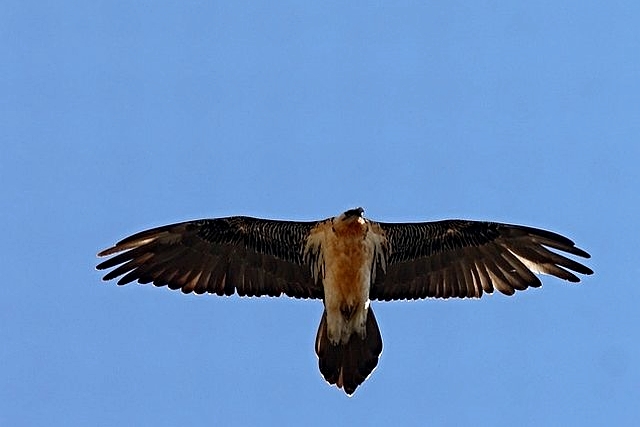 © Toko
© Toko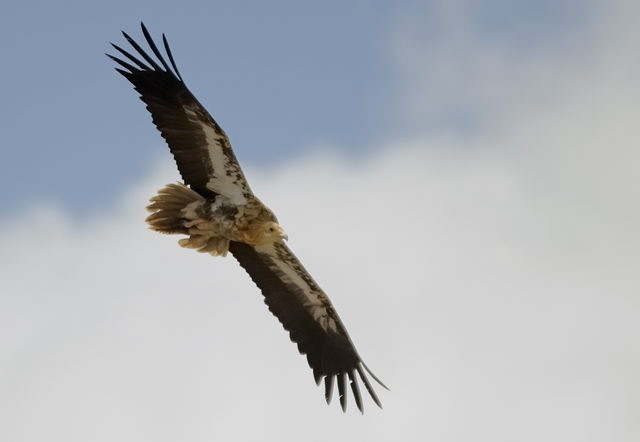
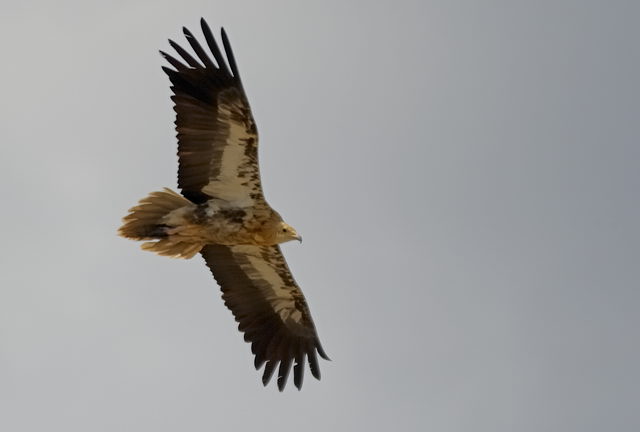
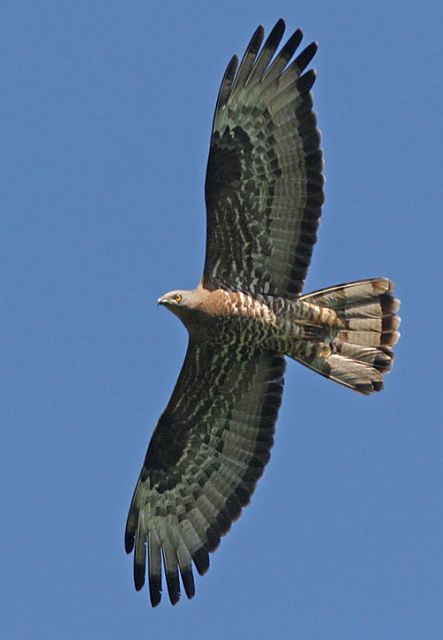 © Toko
© Toko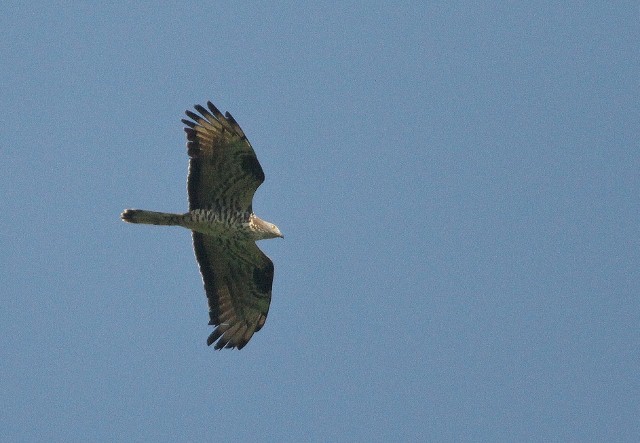 © nan
© nan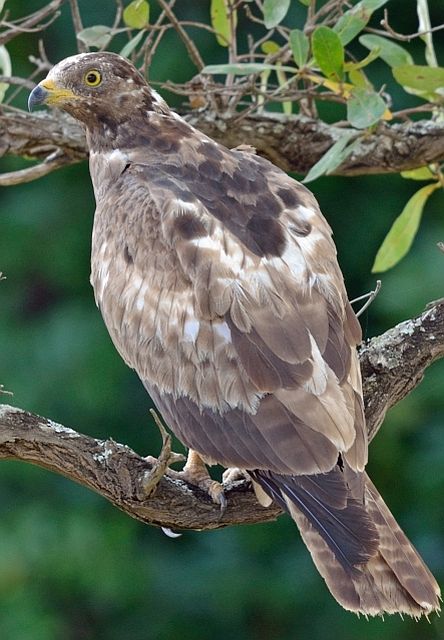 © BluTuna
© BluTuna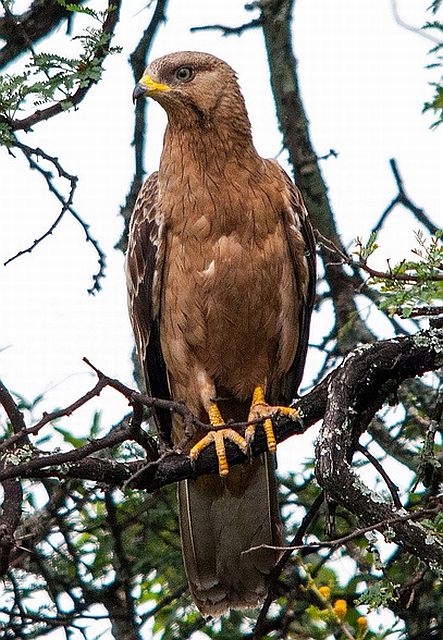 © steamtrainfan
© steamtrainfan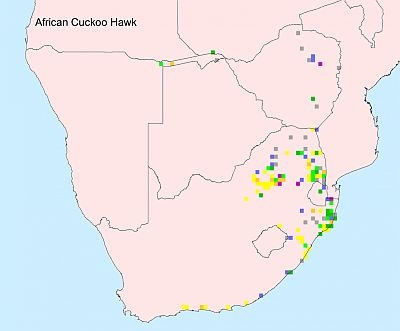
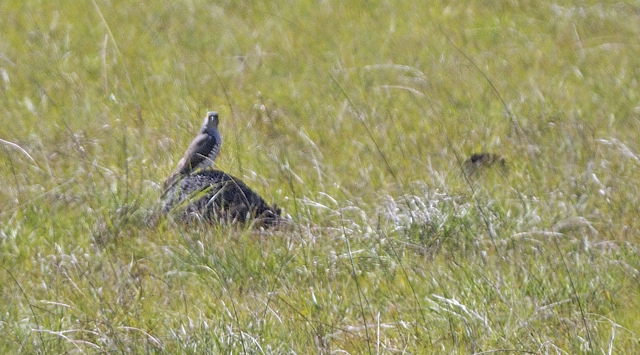 © Dewi
© Dewi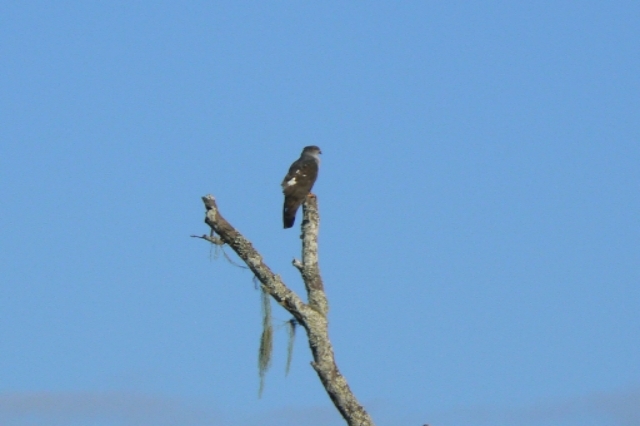 © Toko
© Toko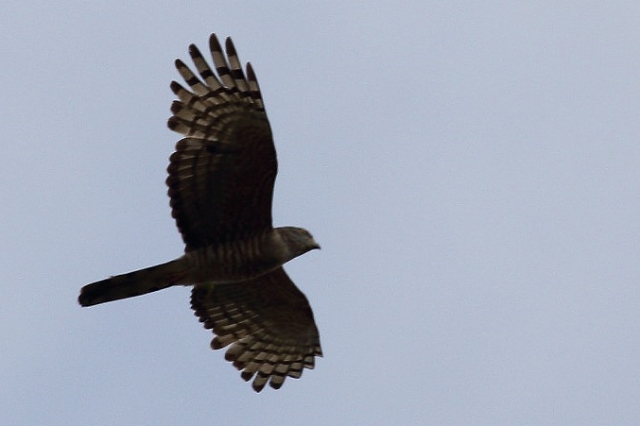 © Duke
© Duke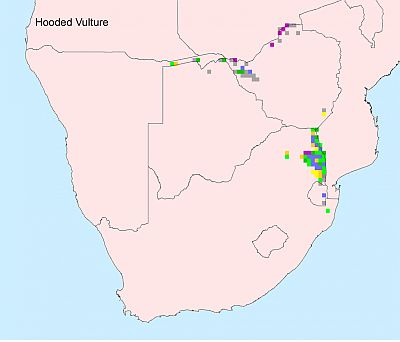
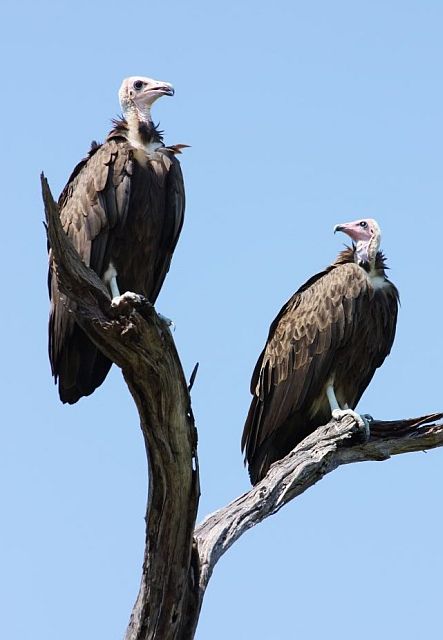 Lisbeth
Lisbeth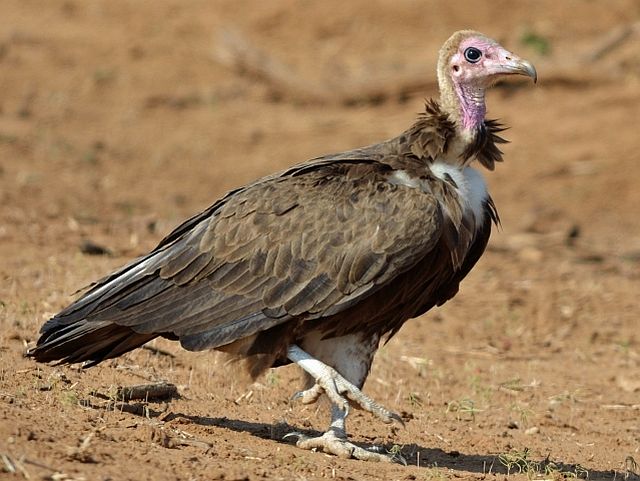 © BluTuna
© BluTuna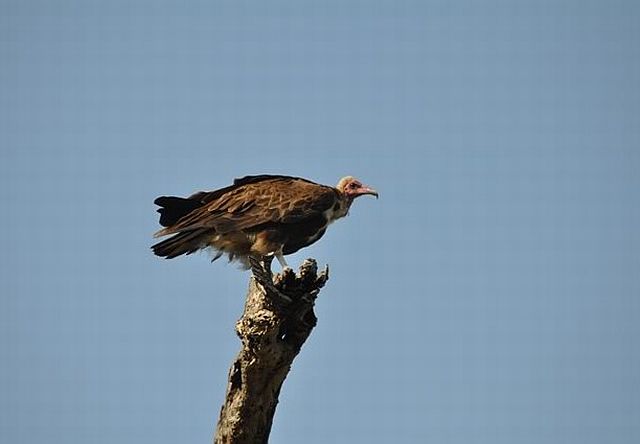 © JustN@ture
© JustN@ture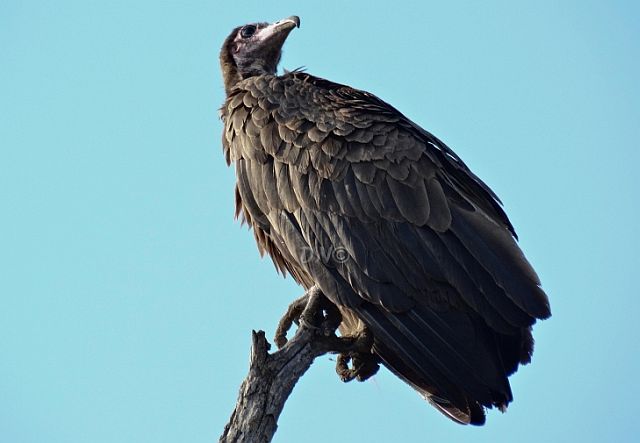 © JustN@ture
© JustN@ture © Dewi
© Dewi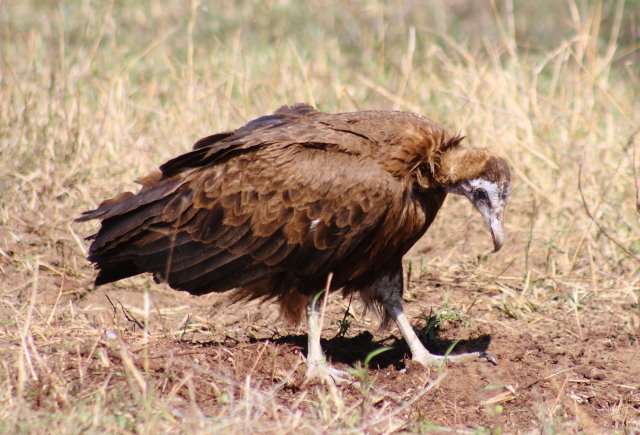 © Flutterby
© Flutterby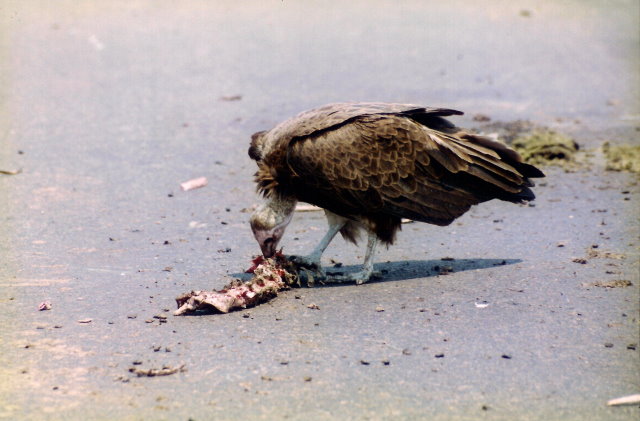 © Flutterby
© Flutterby